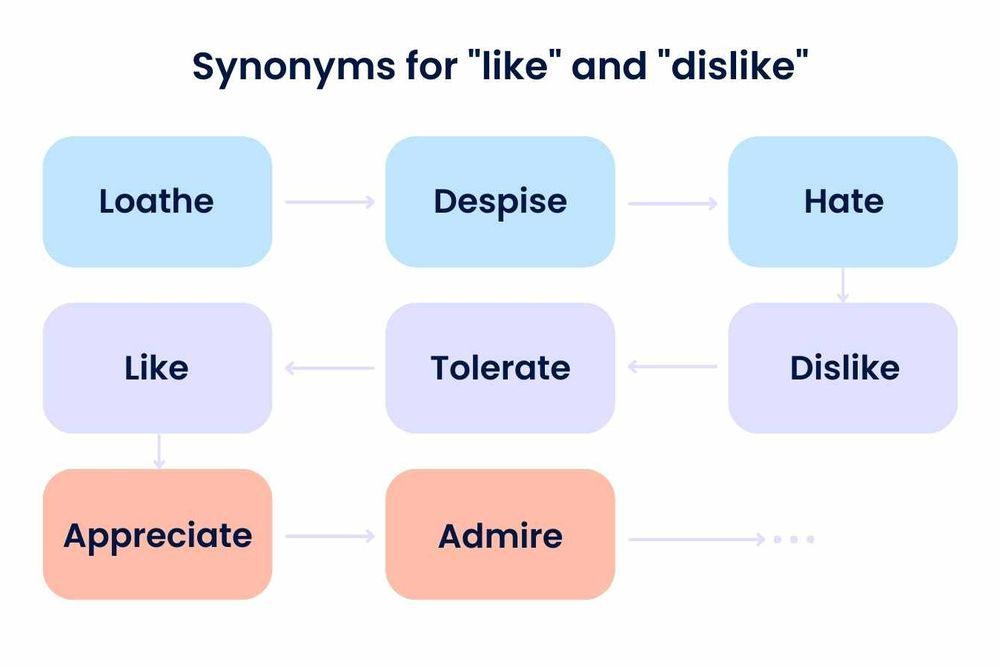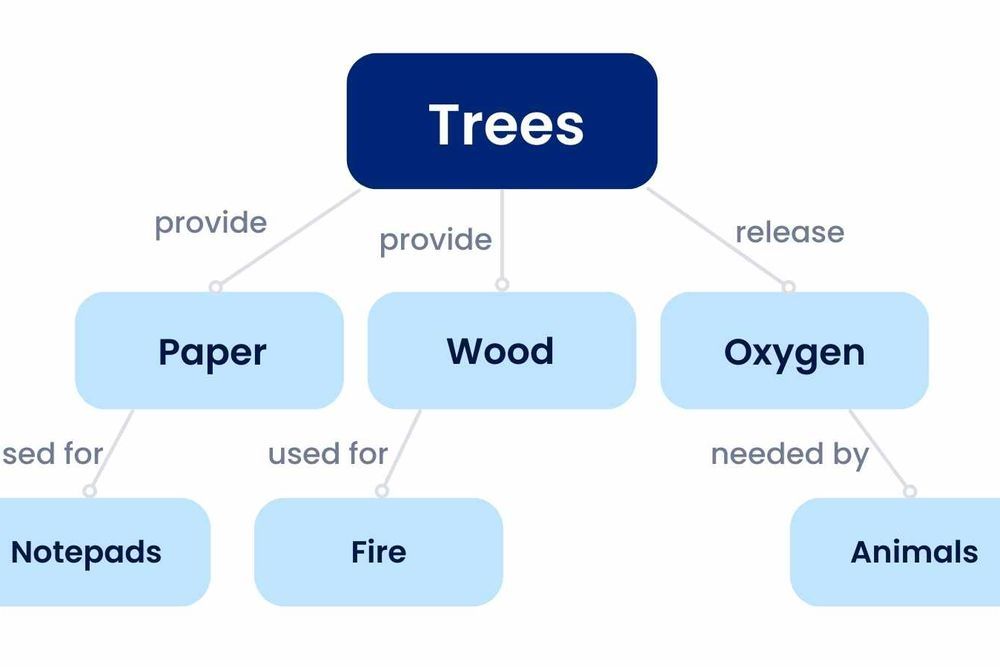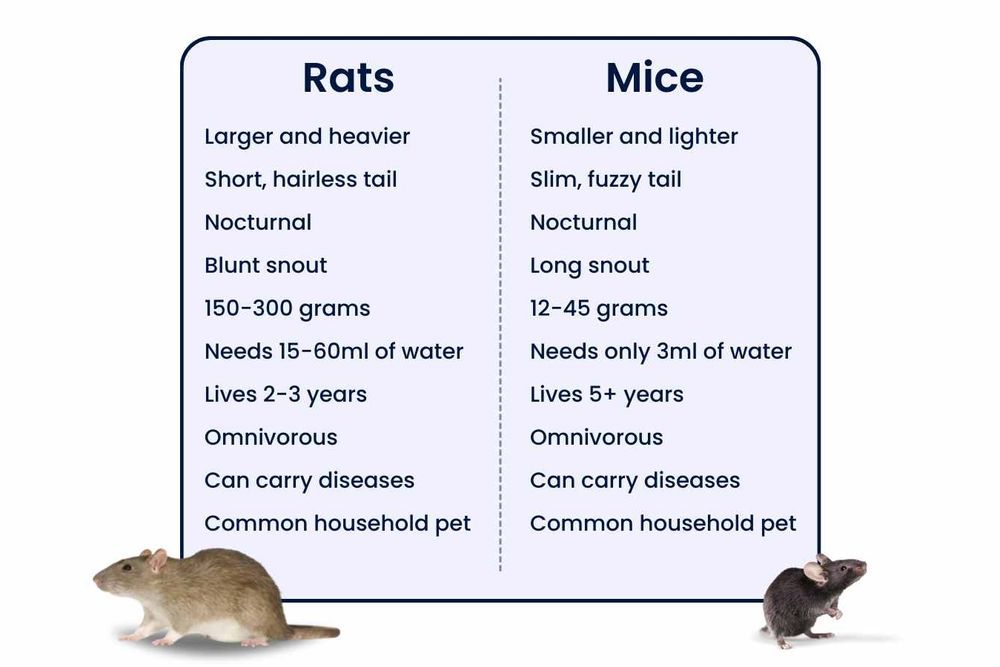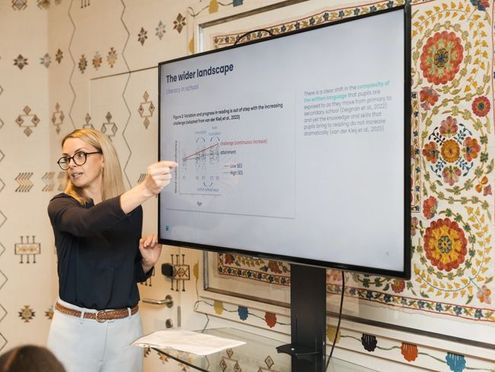Graphic organisers are becoming increasingly popular, as evidence emerges that most learners are, to some degree, visual learners (up to 65% of the population are visual learners). This means graphic organisers provide a great opportunity to boost your learners’ reading comprehension.
What is a graphic organiser?
Graphic organisers help children develop their comprehension of a concept or topic by providing a framework to explore links, relationships, causes, effects and more. These effective learning tools allow learners of all ages and abilities to clarify, organise and simplify their own thoughts as well as information that has been given, in a visual manner.
Graphic organiser worksheets usually take up one page and contain blank sections for learners to fill in accordingly. Creating these worksheets or templates could be teacher-led, independent or collaborative.
Some graphic organisers can be quite specific, while others have more flexibility. They allow the analysis of heavy, cumbersome information through a more refined lens.
Why use graphic organisers?
Graphic organisers can help learners to visualise concepts and construct ideas. They could allow learners to organise and sequence events or information, plan an outline for a piece of writing, display cause and effect and much more.
The ability to group, segment or colour code concepts, thoughts and ideas can significantly help learners in their understanding and recall of information. In addition, graphic organisers are often more aesthetically pleasing and better received by learners at all levels of education. A study showed that even university students prefer the use of graphic organisers in their lectures (Casteleyn et al 2013).
The interactive and hands-on approach to learning that graphic organisers provide increases learner engagement as students are more actively contributing to their own learning journeys.
The combination of a learner designing the graphic organiser and then organising information accordingly serves to stimulate both the creative and logical parts of the brain. Various cognitive skills are employed such as brainstorming, idea generation, prioritising content, organising information, critically analysing and reflecting.
How can using graphic organisers improve reading comprehension?
Reading comprehension is an integral skill for all learners to master. It is often the basis or ‘springboard’ from which lots of other learning stems.
Graphic organisers give learners a clear and tangible process which can make it easier for them to gather key information and make sense of what they have read.
As learners begin to tackle texts that become increasingly challenging, they are taught to develop skills and strategies to help with this. Graphic organisers become a tool to help practise and develop these skills.
By providing learners with a scaffolding to work from, graphic organisers help with the following comprehension skills:
- Tracking story plot
- Making links between ideas and concepts
- Sequencing and retelling information and events
- Identifying the main idea of a text
- Understanding cause and effect links
- Making predictions
- Inferring information and drawing conclusions
- Identifying problems and possible solutions
- Comparing and contrasting
- Summarising
- Identifying character development
- Identifying vocabulary, contextual clues and overtones
- Identifying the aims of the author
- Identifying themes
How to use graphic organisers
Learners often need to be explicitly taught to use graphic organisers. They can be introduced gradually and systematically through teacher modelling, shared writing and group work. This can then segue into learners using them independently as a meaningful tool for learning.
It is important that learners know why a certain graphic organiser is being used. For example, if a Venn diagram is being used to make comparisons in order to produce a piece of writing, then learners should be aware that this is the best organiser for making comparisons. If learners know why they are doing something, it instils a sense of purpose within them.
If learners are actively aware of the purpose of the tool and how they will use it, this helps them decide when to implement it.
Before learning
They can be used before a new topic or new piece of learning to give background, address previous learning or provide a scaffold for thinking.
During learning
They can be used during new learning to organise and categorise fresh information, make predictions or offer solutions.
After learning
They can be used after new learning to confirm or reject earlier ideas or knowledge, link new information to information already known and to extend learning.

Discover Bedrock Learning
Sign up for our free trial to discover how Bedrock can help improve your student's literacy needs.
Steps for introducing a graphic organiser to a reading comprehension activity
- Display the graphic organiser on the board (or just show them a copy of one if it’s small group work). Draw learners’ attention to key sections of the organiser.
- Explain when this tool might be useful and how it helps break down information in their reading.
- Choose a text that learners are comfortable and familiar with. Use this text to model how to complete the sections of the organiser. Think out loud as you do this so that your learners can hear your process.
- Now it’s the learners’ turn to have a go at filling in the organiser, but with a different text. This can be done in pairs while they build their confidence in the skill.
- Continue to model this regularly and give the children opportunities to practise.
Graphic organisers and learning styles
Depending on the source you read, there are four to seven styles of learning. These include:
- Visual learning
- Auditory learning
- Kinaesthetic learning
- Reading/writing learning
Graphic organisers appeal most to individuals who are primarily visual learners. Visual learning is part of the VAK model of learning created by Walter Burke Barbe and developed by Neil Fleming.
Visual learners need to see information to comprehend and learn it. This ‘seeing’ can take the form of spatial awareness, photographic memory, colour and brightness.
These learners tend to learn holistically, as opposed to in separate parts. Visual learners often see the ‘big picture’ which is a benefit to their learning. However, this can result in them missing out on the details which can impact their absorption of a piece of text. Graphic organisers help them to keep track of those details.
While some learners might have alternative learning styles to that of the visual learner, this is not necessarily an obstacle to finding graphic organisers useful. Many people who took the VARK self-assessment in 2020 were found to be multi-modal, meaning they have two or more styles of learning. If this is the case, then even a learner who is predominantly an auditory learner may still find graphic organisers useful.
Types of graphic organisers (with examples)
There are several types of graphic organisers, each of them being more suited to particular tasks.
We have outlined five graphic organisers below, commonly used in a learning environment to help learners organise their thoughts and information and build on reading strategies.
Venn Diagram
A Venn diagram uses two interlocking circles to make comparisons and show relationships between two or more sets of things. It helps learners identify similarities and differences. In the parts of the circles that interlink, the learner puts things that have a commonality. In the parts of the circle that are not interlinking, they put things that do not share those traits.

Timeline/Sequence Chart
A sequence chart displays a series of events or stages in order. This type of graphic organiser has an emphasis on the connections between the events or stages, rather than emphasising the actual events or stages. This can help learners come to conclusions by clearly seeing cause and effect in the text they are analysing.

Main Idea Web
A main idea web is sometimes referred to as a spider diagram or semantic map. It starts with a central idea or concept in a central circle and then branches out into related ideas and concepts in smaller surrounding circles. A main idea web is often used for brainstorming and eliciting ideas with the view to producing a piece of writing.

Concept Map
A concept map demonstrates relationships between a main idea and other information or details. It uses the structure of a hierarchy with the main concept at the top linking to specifics using arrows. This graphic organiser is often used to assess the prior knowledge of learners at the start of a topic of learning.

T-Chart
This type of graphic organiser can be used in any area of learning to make comparisons between two things. It involves organising information into two columns. This could be advantages and disadvantages of something, or fact and opinion related to a person or event.

Graphic organisers: how to make your own
There are many variations of graphic organisers, and it has never been easier to create your own using software such as PowerPoint or using tools available online.
For example, using PowerPoint, you can produce a Concept Map. Just add a new slide then click the Insert SmartArt Graphic icon. After this, select Hierarchy from the menu on the left then choose a structure for your Concept Map. You can then easily insert your required text. It is also easy to edit your Concept Map by adding or cutting shapes.
Whatever type you use, it is vital to design the graphic organiser with the outcome for the learner in mind. Consider what you want your students to do with the information when it has been organised accordingly. Often learners see the completion of the graphic organiser as the end, rather than a way to develop better insight. Try to make sure learners are clear about this goal and how the structure of the organiser lends itself to the goal.
Graphic organisers from a student's perspective
From a student’s perspective, graphic organisers are largely viewed as a positive, helpful tool.
One learner expressed his anxiety at approaching writing a story without a graphic organiser. He explained he liked having a story planner as this ‘kept the details safe’ to then be used when needed, and he could just focus on writing his story.
Some learners used a T-Chart to help them become familiar with a poem. The learners were able to make sense of the characters, setting and plot which helped them understand what the poet was trying to say and enjoy the poem.
In another instance, learners used a version of a Main Ideas Web to explore character development in a story. One learner explained how this helped her get to know the character better and understand why he might say or do things. They also expressed how a Sequence Chart in Science helped them to understand the process of a frog’s life cycle.
On the whole, graphic organisers are useful and well received by learners. However, there is a small risk that graphic organisers can become nothing more than a box-filling exercise. The use of them may unintentionally limit the thinking of your learners. It is good to be mindful of this so learners don’t avoid the important work of conceptual understanding or bringing key insights to the fore.
Summary
Graphic organisers can be a very beneficial tool for learners and can help improve their reading comprehension, but it is important that they see the use of graphic organisers modelled, and that the teacher vocalises how they are extracting information from the text and deciding where it should go in the organiser. With plenty of demonstration and practice, learners will be able to use the tool independently.




